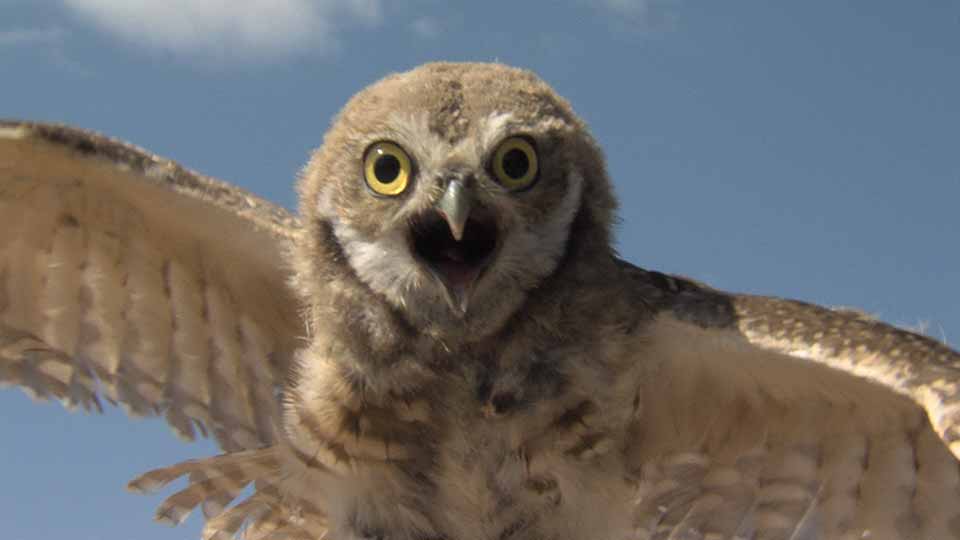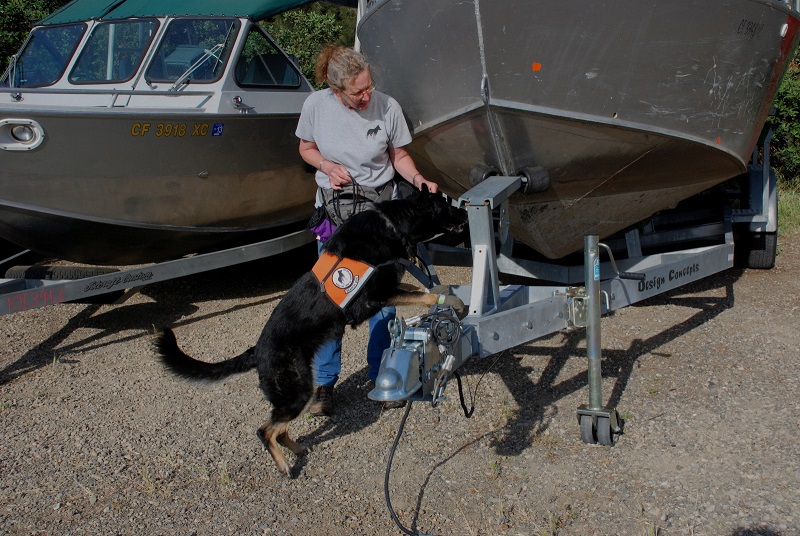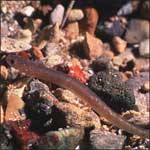TPW TV – Owls Underground
Friday, July 29th, 2016This is Passport to Texas
Birds don’t get much cuter than the burrowing owl. And you won’t have to stay up past your bedtime to see one.
One of the great things about these owls is [unlike most owls] they’re out during the day; they’re active day and night.
The week of July 31, get to know this small sandy colored owl with long legs during a segment of the Texas Parks and Wildlife TV series on PBS. Alan Fisher produced a story that looks at how this species, threatened and endangered in some part of North America, survives its dwindling habitat in El Paso.
So, they’re a species of concern here because of habitat loss. Burrowing owls don’t tend to dig their own burrows from scratch. They will occupy burrows left from prairie dogs or ground squirrels or other burrowing animals. So, as those animals get pushed out burrowing owls lose their habitat as well.
Fisher also talks with Texas Parks and Wildlife biologist Lois Balin, who creates artificial owl nest borrows fitted with video surveillance systems.
Having the cameras underground, gives the biologists a lot of new tools. It’s pretty awesome.
Not surprisingly, says Fisher, the cameras are revealing much about the hidden lives of burrowing owls, from the number of eggs and nestlings, to prey items, and even visitors.
The skunk discovery is the rather astonishing discovery. Skunks are going into the burrows and occupying them, and in some cases preying on the owls.
To find out how the burrowing owls fare, tune into the Texas Parks and Wildlife TV series on PBS the week of July 31. Check your local listings.
For Texas Parks and Wildlife, I’m Cecilia Nasti.






 Passport to Texas is a
Passport to Texas is a  Passport to Texas is made available by:
Passport to Texas is made available by: